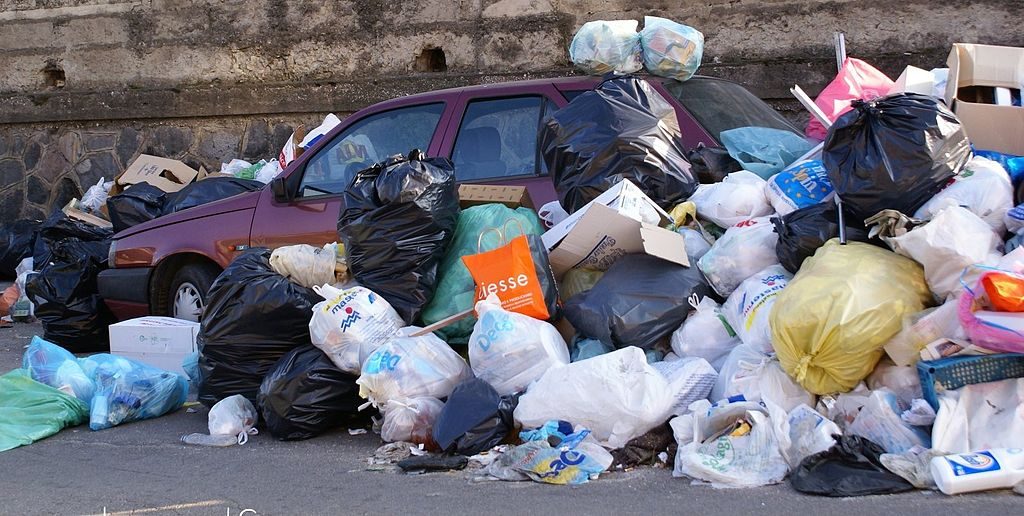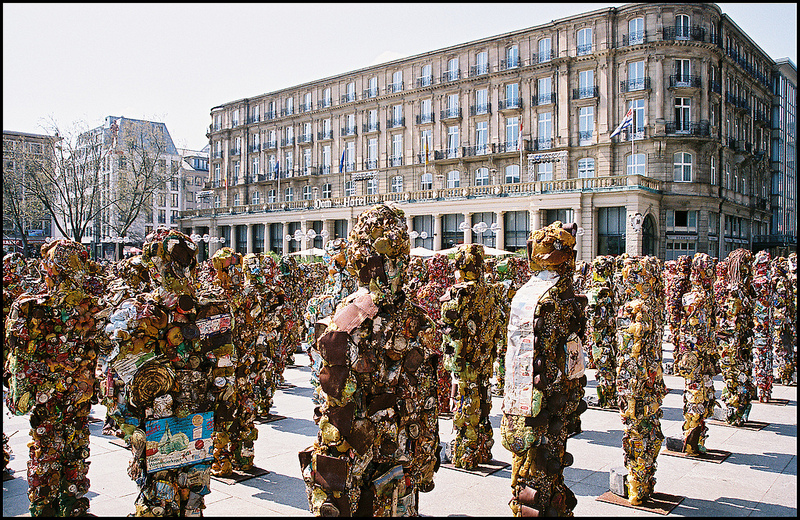
What is it?
Municipal solid waste is is material discarded in urban areas, mostly coming from household waste (Cheng & Hu, 2010, p. 3816).
Why does it matter?
The generation of municipal solid waste reached 170 million tons in 2012 and the number keeps increasing (Han, Zhang, & Xia, 2016, p. 3).
Why is it occurring?
Some populations play a bigger role in causing the issue and other populations have to deal with the consequences because of disparities in power and privilege.
The issue has become so extreme because of the increase in urban populations in China and their improving lifestyles. With greater wealth, people in China have been able to consume more. Items bought produce trash, and since more are being bought, more trash is being produced.
References
Amalfi, Adriano. (Photographer). (2008, February). Municipal solid waste [digital image]. Retrieved from https://commons.wikimedia.org/wiki/File:Rifiuti_solidi_urbani_(Municipal_solid_waste)_-_Stazione_di_Aversa_-_Province_of_Caserta,_Italy_-_11_Feb._2008.jpg
Cheng, H., & Hu, Y. (2010). Municipal solid waste (MSW) as a renewable source of energy: Current and future practices in China. Bioresource technology, 101 (11), 3816-3824. doi: 10.1016/j.biortech.2010.01.040
Han, H., Zhang, Z., & Xia, S. (2016). The crowding-out effects of garbage fees and voluntary source separation programs on waste reduction: Evidence from China. Sustainability, 8 (7), 678-695. doi: 10.3390/su8070678
